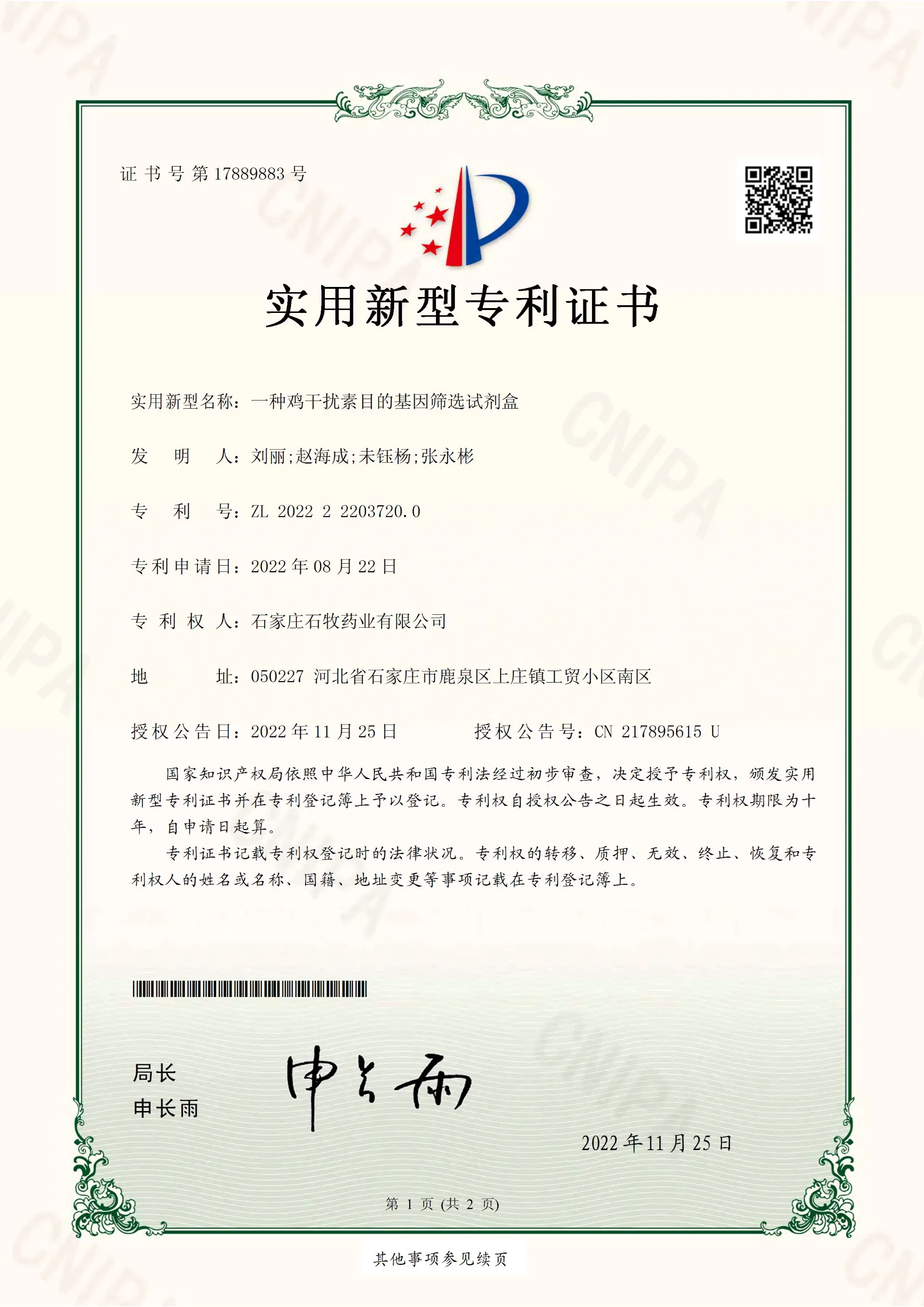To diagnose the cause of diarrhea, veterinarians often perform a thorough examination, which may include fecal testing to identify parasites, bacteria, or viruses. Blood tests and other diagnostic methods can help rule out systemic issues or underlying diseases.






